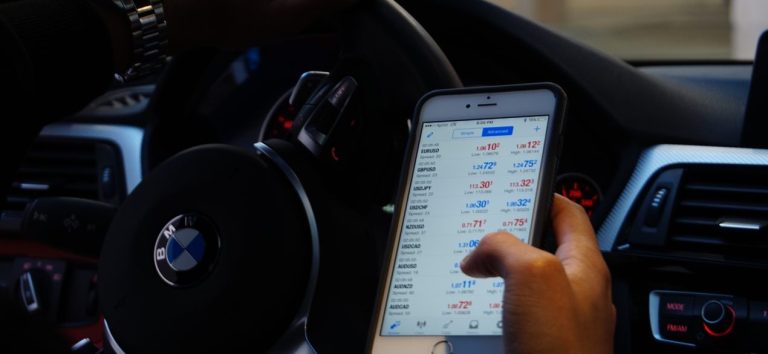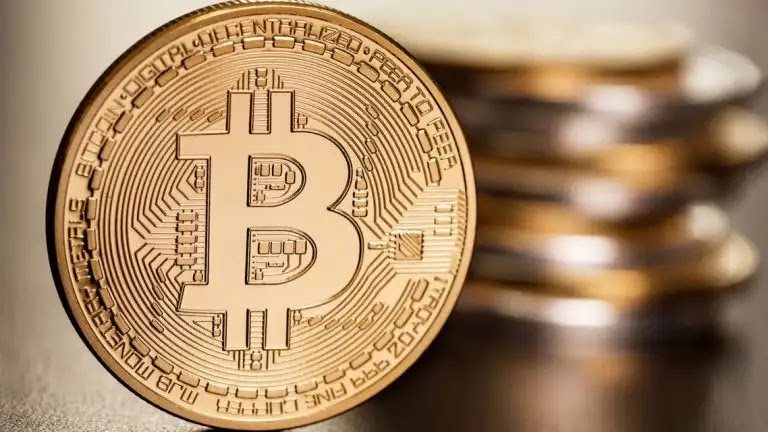We know we are living in the age of quarantine, where we cannot practice the norms of our lives. This situation applies to our gaming systems as well. We cannot get together like in the old days and play games on the net or our gaming systems.
Novomatic Games
Novomatic is a famous and decades-old company with offices around the world. Novomatic is a company having thousands of employees in the world. Back in the day before the internet, Novomatic machines were popular. Those machines are still in use in the world. As we all know, we are not going to the games anymore due to quarantine protocols. People used to play games on those machines to kill their time. But not anymore.
Like every company in the market these days, Novomatic is also looking to expand its customer base. So, the company is making marks on the internet gaming systems. Novomatic slots online are the best available things on the net for those classic games’ fans.
Novomatic Games
If we study the reviews of Novomatic on digital magazines like SkypeMagazine, we will find various details. The best thing about the company is the type of games that they offer on their website. We know there are many Online game companies on the net. ButNovomatic is showing you to play these games for free on their website.
Online Safety
When we head to any website on the internet, our primary concern is digital security. Low-quality websites are the best hacking method these days on the net. Hackers can bypass your firewall through any software and file. Later, it can affect your digital and personal life in a significant way. Therefore, people tend to study a lot before logging into a site for any action.
We should mention here that it is safe to play games online at the Novomatic website. The company has strict privacy protocols, and they ensure the safety of their website. Unlike the other sites, you do not need to sign up by sharing your data. Also, there is no need to download a file or character to play the game on the site. All the data is available on the game’s site.
There are some situations in which you need to sign into a game to save your progress. If you choose to sign up on the Novomatic website, the company ensures that data is kept safe. Further, the financial info you share will also be safe and secure.
Gameplay
Every game on the internet has its gameplay and theme. These two factors help to set the game apart from the rivals on the net. Also, these factors play a decisive role in increasing the customer and player numbers for the company.
These games work on a classic slot system. You will need to match the symbols in a row to win the prize. You can compare three characters in a row to earn a victory in the game. Also, the award of the match varies when you are matching more than three symbols.
These slot games provide you free spin that helps you win expandable symbols from the competition. In case you want to bet your wins, there is an option at the end of your victory. It helps you gamble and earn big in the game. But, unlike others, Novomatic takes care of your financials. There is a limit to the amount that you can bet online, thus ensuring your financial safety.














 Bitcoin
Bitcoin  Ethereum
Ethereum  Tether
Tether  XRP
XRP  Solana
Solana  USDC
USDC  TRON
TRON  Lido Staked Ether
Lido Staked Ether  Cardano
Cardano  Avalanche
Avalanche  Toncoin
Toncoin